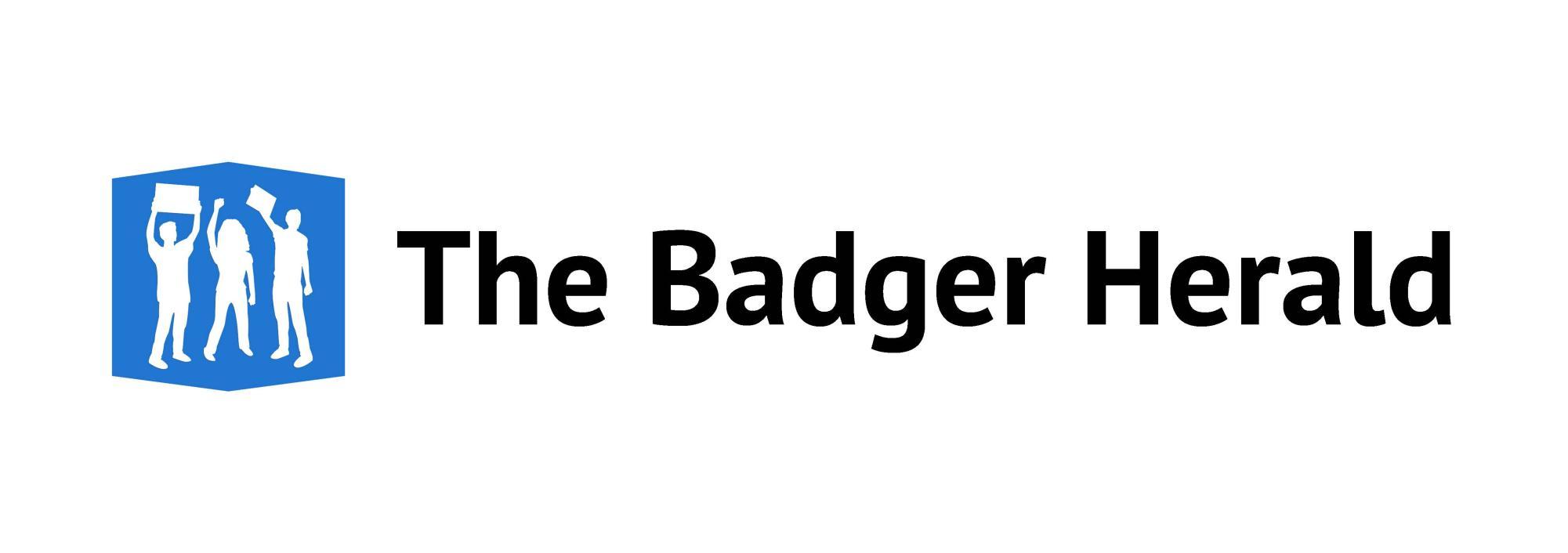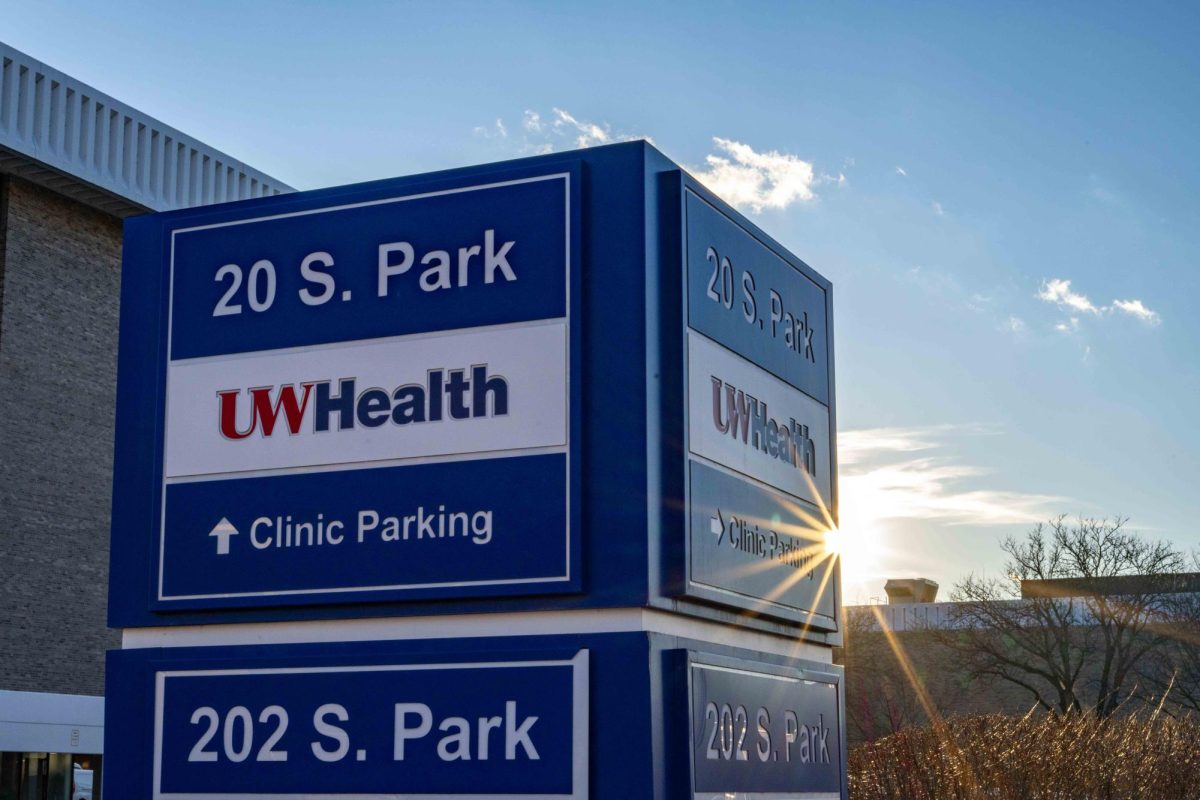Wisconsin’s public health rankings continue to stall nationally according to a new report from the United Health Foundation. The rankings have dropped in two main areas regarding excessive drinking and racial disparities. Milwaukee is the most segregated city in the U.S., according to WISN. The state’s general reputation for heavy drinking patterns echoes throughout the Midwest.
Wisconsin is ranked 49th in public health spending across the country, exemplified by a $69 per person average compared to the national average of $124. The issue stems from the state’s own personal public health spending, which is just $19 per person — placing it far behind neighboring states like Illinois, Michigan and Minnesota, according to State Health Compare. These three states have increased their state spending over time, but Wisconsin has remained stagnant.
The increased need to fund public health fairly is no small number. Wisconsin would need to increase its public health funding from all sources by over $300 million per year to match the national average. According to Milwaukee Business Journal, most states get a majority of their public health funding from grants issued by the Centers for Disease Control and Prevention and the National Institutes of Health, Wisconsin included. With the Trump administration trying to strip the agencies down to the bone, investments at home will need to be prioritized.
Wisconsin is not in a position where it needs to be tightening its wallet at the expense of its constituents. The state’s general fund has over a $4 billion surplus waiting to be spent to help Wisconsinites, according to the DOA. Gov. Tony Evers tried to use the surplus to fund a range of increases to public health in the 2023-25 biennial budget, but was stopped.
In some cases, the budgets for the agencies charged with leading the initiatives were even reduced, according to the Wisconsin State Legislature. Evers asked for $200 million for the Environmental Improvement Fund to help replace lead pipes across Wisconsin. In the final budget, not only was this money not appropriated, but the EIF had its budget cut from $13.4 million to $11.4 million annually.
The 2023-25 budget saw almost $3 billion appropriated from the general fund, but this is compared to Evers’ original plan to use nearly $7 billion. According to his budget proposal for the 2025-27 year, Evers is focusing on helping Wisconsin’s kids, both in education and health, pushing once again to spend the surplus instead of letting it languish in state coffers.
When it comes to improving public health, Wisconsin has plenty of money to spend and needs to prioritize the well-being of its citizens, a priority that doesn’t come with a price tag. If Wisconsin wants to get itself out of the hole it dug, it needs to commit to funding public health, stop relying on health departments to do more with less and confront the legacy of racism in the state.
Milwaukee is the main focus for housing reform and upgrades, but has only started to move towards resolving other critical areas of public health. The city’s history of redlining coupled with highway I-43, which tore straight through the Bronzeville neighborhood, are continuing this legacy of racism. Highways are consistently linked to health issues in communities located nearby, according to the CDC.
Additionally, 16 of 18 suburbs in Milwaukee restricted home sales to Black residents with covenants starting in the 1920s, leaving the Black community with fewer safe housing options. The correlation between historical injustices and present outcomes for public health is firmly established and it is time Wisconsin acts to change it.
In 2019, the city declared racism as a public health crisis, according to TMJ4. The pandemic delayed plans to confront these issues, but city officials remained undeterred. In 2023, the City of Milwaukee Health Department unveiled the MKE Elevate program, which works directly to address racial health disparities for city residents. It focuses on maternal and infant health, quality of life and civic action, while making direct attempts to improve outcomes. By bringing together both governmental agencies and community organizations, the program can provide a model for Wisconsin going forward.
Milwaukee is not the only place in Wisconsin which needs to address racial issues. Health outcomes for Native American and Latinx Wisconsinites are worse compared to white Wisconsinites, according to the Wisconsin Examiner. Kenosha, Madison, Oshkosh and Racine were all redlined by the Home Owners’ Loan Corporation, according to Mapping Inequality. It will require a statewide effort to confront a statewide issue.
Federal funding is drying up as the Trump administration threatens the resegregation of the U.S. and acts as a clear alarm bell for Wisconsin, according to Task and Purpose. Both the House and Senate recently passed budget resolutions which promise to cut over $1 billion from Medicaid and SNAP, according to The New York Times. All six of Wisconsin’s Republican Representatives and Republican Senator Ron Johnson voted for the resolutions.
If Wisconsin is to move beyond its racist legacy while the federal government perpetuates systematic racism, the state must be willing to spend money to improve the lives of Wisconsinites. Republicans still control both legislative houses in Wisconsin and have stopped the implementation and spending for Wisconsin’s public health agenda.
One of the simplest ways to increase spending is to vote for legislators in favor of these bills. The Wisconsin State Assembly and State Senate elections are Nov. 3, 2026. In the meantime, you can contact your state representatives and senators to advocate for the public health policies and topics you feel strongly about.



